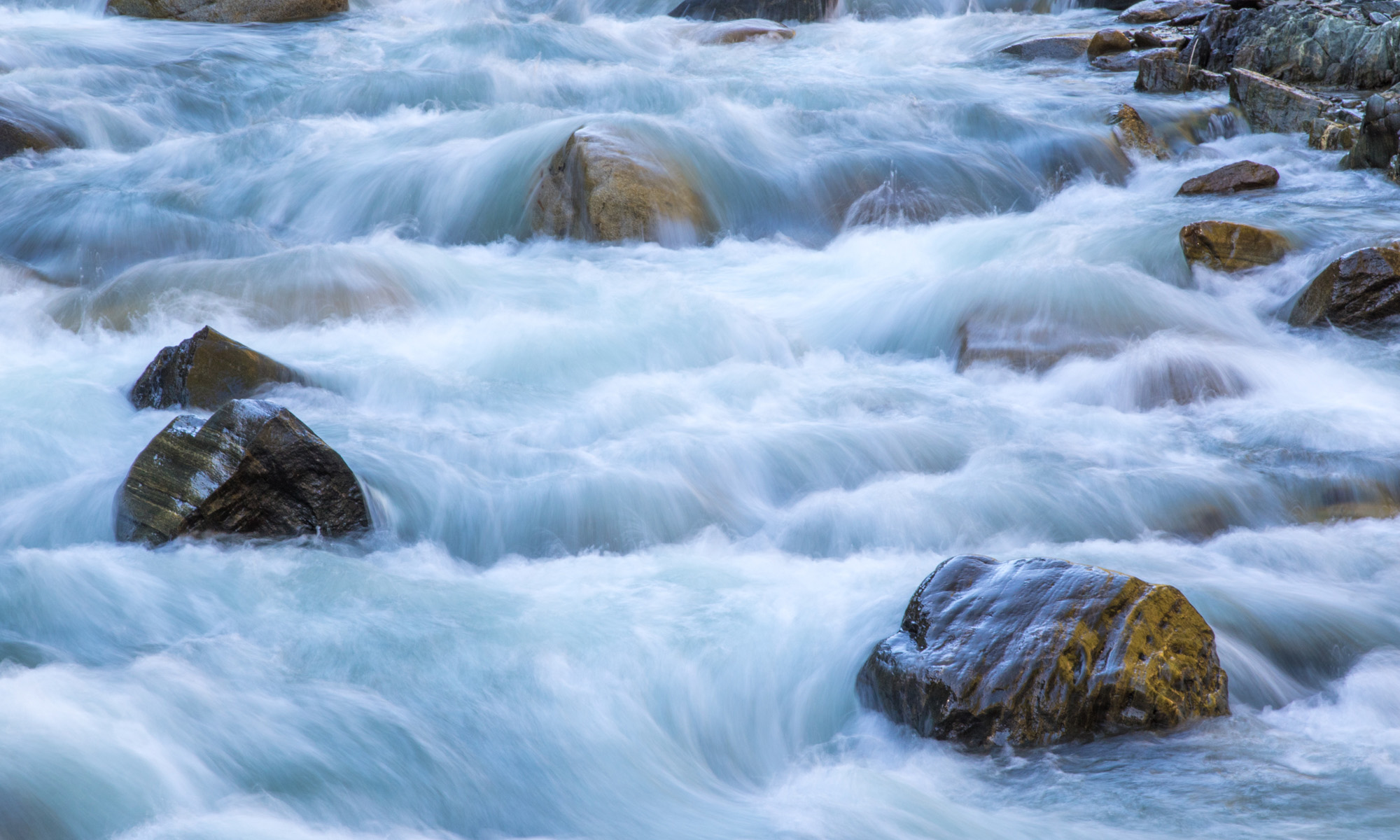Today’s Question: I used to have Auto applied to my photos on import [into Lightroom Classic], but I haven’t done that for some time. When I was showing someone how to import their photos into Lightroom, they wanted to do that, but I couldn’t find anywhere to designate that you wanted it done. Can you no longer have the Auto button applied upon import?
Tim’s Quick Answer: You can indeed apply automatic adjustments during import. You just need to include the Auto adjustment as part of a Develop module preset, which you in turn can apply to images upon import into your Lightroom Classic catalog.
More Detail: In the Basic section of the Develop module there is an “Auto” button you can click to have the overall tonal adjustments as well as Vibrance and Saturation updated automatically based on an analysis of the photo. This can provide a good starting point for further refinement of the adjustments, and it can also help provide an improved preview for evaluating your photos.
If you want to apply the Auto adjustment during import, you need to include this adjustment in a preset created in the Develop module.
To get started I recommend selecting an image that you haven’t adjusted yet, and that you aren’t concerned about making changes to. After selecting that image, click the Reset button at the bottom of the right panel in the Develop module to reset all adjustments to their default values.
Next, apply any adjustments you would like to include as part of the preset you’ll apply at import. At this stage don’t click the Auto button, as that will be added later. For example, I like to enable the profile-based lens corrections by turning on the “Enable Profile Corrections” checkbox on the Profile tab of the Lens Corrections setting on the right panel, for example. I then set the Setup popup to “Auto” and turn on the “Remove Chromatic Aberration” checkbox as well.
You can establish settings for any of the other adjustments to your liking, again, without clicking the “Auto” button in the Basic section. When you’re finished applying your adjustment settings you can create the preset to use during the import process. To do so, click the plus symbol (+) to the right of the Presets heading on the left panel and choose “Create Preset” from the popup menu.
Enter a name for your preset at the top of the New Develop Preset dialog. Then click the “Check All” button, so that all adjustment settings will be preserved as part of this preset. It is possible to be selective about which adjustments will be applied, but in this context, you can simply include all adjustment settings.
Next, turn on the “Auto Settings” checkbox toward the top of the New Develop Preset dialog. This is the option that will cause the Auto adjustments to be applied to your photos during import. Finally, click the Create button at the bottom-right of the dialog to save the new preset.
From that point forward, whenever importing photos you can choose your preset by name from the “Develop Settings” popup in the “Apply During Import” section of the right panel within the Import dialog. That will cause the adjustment settings you saved as part of your preset (including the Auto adjustments) to be applied to all photos you are importing into your Lightroom Classic catalog.

